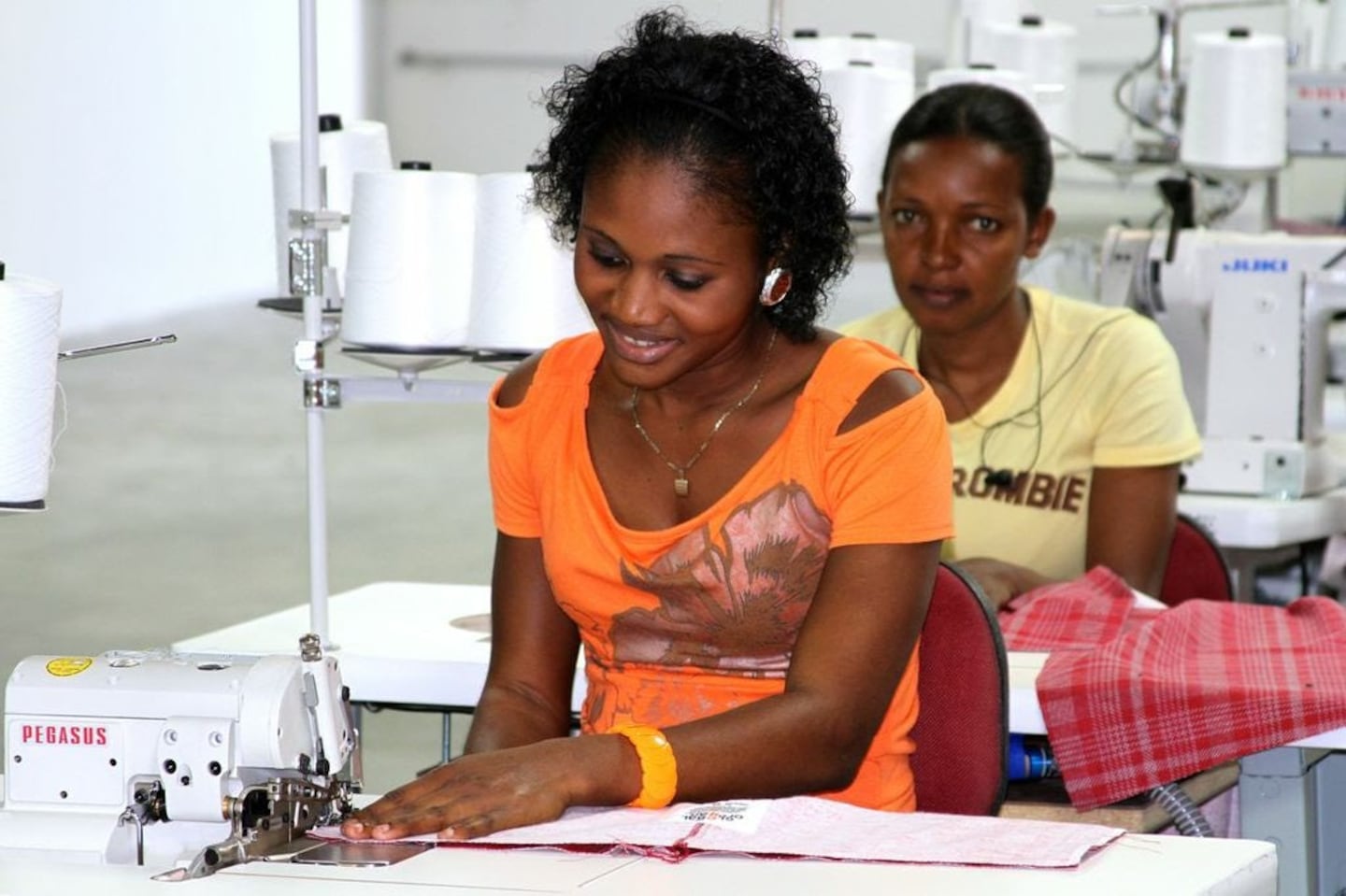
The Business of Fashion
Agenda-setting intelligence, analysis and advice for the global fashion community.

Agenda-setting intelligence, analysis and advice for the global fashion community.

A 7.2 magnitude earthquake that has killed at least 2,200 people in Haiti is the latest in a series of blows that threaten the country’s apparel and footwear manufacturers.
According to the International Finance Corporation, the apparel industry is Haiti’s largest formal employer, providing jobs for over 55,000 Haitians and supporting more than 450,000 people.
Haiti is the 14th largest supplier of apparel imports into the US market, representing 1.36 percent of imports in the category. The American Apparel & Footwear Association (AAFA) said Haiti had been seeing consistent year-over-year growth in exports, despite the pandemic.
In addition to the effects of the pandemic, with cancelled orders and factory shutdowns, just last month, Haiti’s President, Jovenel Moise, was assassinated at his residence by a group of foreign mercenaries, furthering tensions in a nation already ridden with growing political unrest.
ADVERTISEMENT
Beth Hughes, AAFA’s vice president of trade and customs policy, said Haiti could “count on the apparel and footwear industry for support during this difficult time.”
“Haiti has been – and will continue to be – an important partner to our industry,” she added.
Haitian designer, Nasrin Jean-Baptiste, says that countries like hers need the business that being a reliable manufacturing hub for fashion brands brings, but she worries reliability will become increasingly difficult.
“[Amidst this] political, environmental and social-economic landscape, how [will] Haiti continue to manufacture under such instability,” she said.
Learn more:
The Risky Business of Emerging Manufacturing Hubs
The pandemic is not the only cause of disruption to global supply chains. From Myanmar to Ethiopia, civil unrest and political conflict are impacting suppliers used by brands like H&M and Benetton.
Though e-commerce reshaped retailing in the US and Europe even before the pandemic, a confluence of economic, financial and logistical circumstance kept the South American nation insulated from the trend until later.
This week’s round-up of global markets fashion business news also features Korean shopping app Ably, Kenya’s second-hand clothing trade and the EU’s bid to curb forced labour in Chinese cotton.
From Viviano Sue to Soshi Otsuki, a new generation of Tokyo-based designers are preparing to make their international breakthrough.
This week’s round-up of global markets fashion business news also features Latin American mall giants, Nigerian craft entrepreneurs and the mixed picture of China’s luxury market.